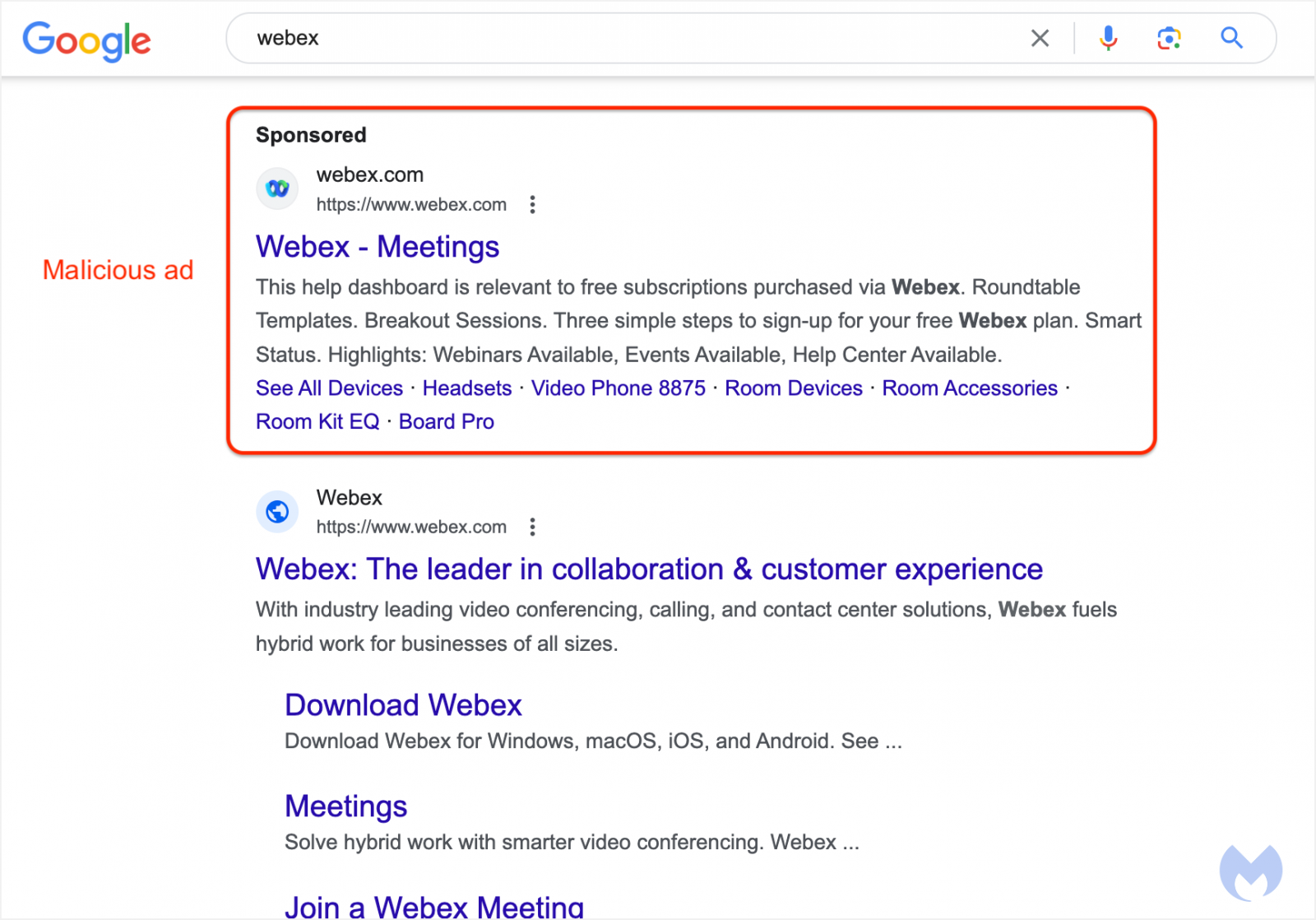Technology
This is the official technology community of Lemmy.ml for all news related to creation and use of technology, and to facilitate civil, meaningful discussion around it.
Ask in DM before posting product reviews or ads. All such posts otherwise are subject to removal.
Rules:
1: All Lemmy rules apply
2: Do not post low effort posts
3: NEVER post naziped*gore stuff
4: Always post article URLs or their archived version URLs as sources, NOT screenshots. Help the blind users.
5: personal rants of Big Tech CEOs like Elon Musk are unwelcome (does not include posts about their companies affecting wide range of people)
6: no advertisement posts unless verified as legitimate and non-exploitative/non-consumerist
7: crypto related posts, unless essential, are disallowed
view the rest of the comments

Presumably you can hover over the link to see the actual URL (which I think is best practice anyway), or is it more sophisticated than that?
AFAIK even legitimate ad clicks will first direct to an analytics platform before redirecting to the destination site, so that they can track click through rates and where the referral came from. So it is unlikely that ad links will actually go to the website you expect them to even in normal scenarios. It is actually this mechanism that the malicious ads described in the article are using to fake the display URL.
I would always out of habit avoid any links that go to somewhere other than the advertised destination - so if it goes to an analytics platform I would copy and paste the text if the text of the link is a URL, or find an alternative. Always hovering links and being absolutely sure of where they go should really be taught as standard practice.
I always check the status bar but I actually noticed the other day on LinkedIn or maybe Facebook, that the status bar said one thing, but the link was different,
E.g the hover over said https://website.com but the actual link was something like https://linkedin.com/linkout/wbdjdhgaj?user=xhedb
That type of thing is concerning. What browser are you using out of interest?
That's trivial to do where you control the link text. For example: https://www.google.com/
Here is an alternative Piped link(s):
https://www.google.com/
Piped is a privacy-respecting open-source alternative frontend to YouTube.
I'm open-source, check me out at GitHub.